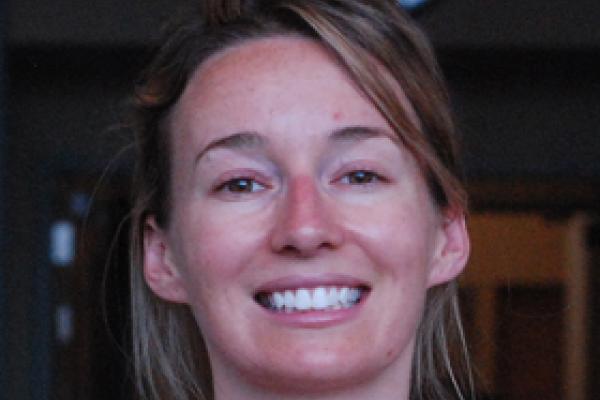
Title: Finite point configurations and Fourier analysis
Speaker: Krystal Taylor (OSU)
Abstract: How large does a subset of Euclidean space need to be in order to guarantee that it contains certain geometric configurations? In the case of a finite set, large refers to the number of points; in an infinite set, it may be measured by the Hausdorff dimension or using Lebesgue density. Using tools from Harmonic analysis and geometric measure theory, we establish that for any fixed natural number k, and for any compact set E in R^d, of Hausdorff dimension larger than (d+1)/2, there exists a non-trivial interval I in the positive real line, so that whenever t is in I, then E contains vertices {e_1, e_2,..., e_(k+1)} such that the distance between e_(i+1) and e_i equals t.
This study is interesting even when k=1 as it directly relates to studying the set of distances generated by a set, {|x-y|: x,y in E }.
Our result will rely on establishing $L^2(\mu)$ mapping properties of certain convolution operators, in a setting where Plancherel's theorem is not available.
